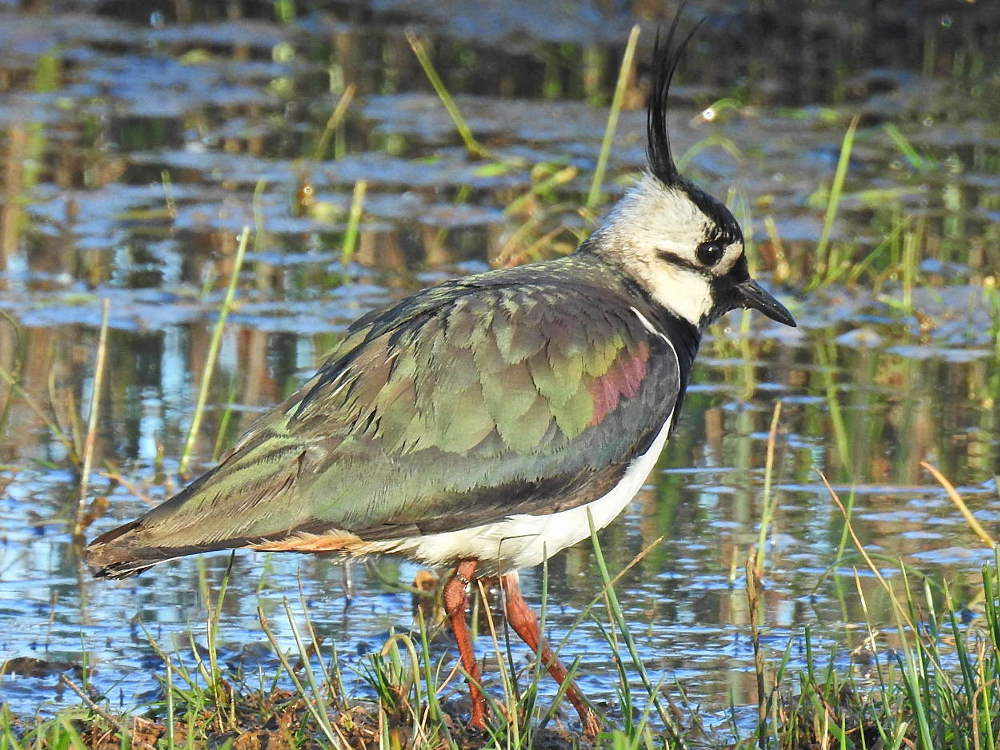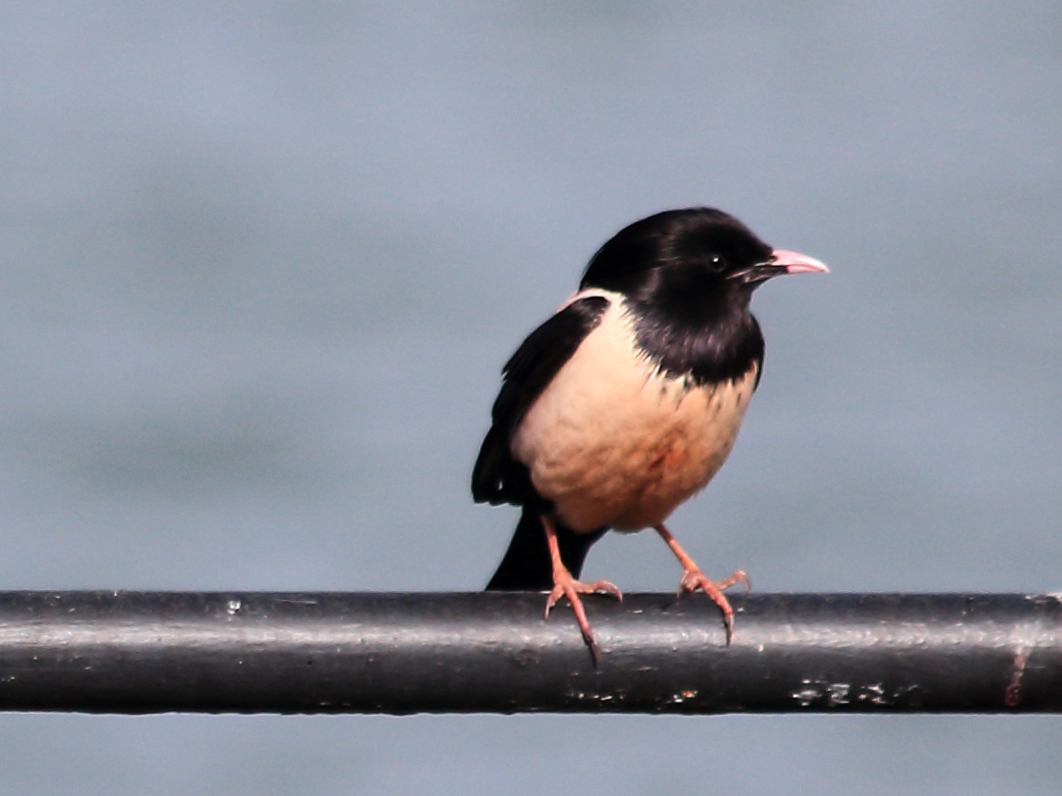Birding Code of Conduct
Anyone who enjoys getting outdoors should always respect the wildlife in all forms, its environment, and the rights of others. In relation to birding, in any conflict of interest situation, the welfare of birds, along with their environment and respect for private landowners, comes first. There are a number of guidelines that have been published by authoritative bodies such as the RSPB and the BTO which you can access from the links in this page, BUT if you require a quick checklist, please review our Birdwatcher’s Code of Conduct in Brief:
The Birdwatcher’s Code of Conduct in Brief:
- The bird’s welfare must always come first.
- Do not damage habitat.
- Keep disturbance to a minimum.
- Never disturb birds at the nest.
- Keep sites of rare breeding species confidential. If you feel protection is necessary, inform the Recorder immediately; we have close links with the RSPB and BTO Representatives on the Isle of Wight.
- Do not stress rare migrants birds. Always consider all the circumstances very carefully before making the sighting known to a large audience. If necessary, keep the sighting confidential until the bird has moved on.
- Abide by the legal requirements of the Wildlife & Countryside Act and other legislation at all times.
- Respect the rights of landowners at all times. In addition - should a rare bird appear in a private garden (which happens from time to time), always request the landowners permission to view / photograph the bird in question. Do not post pictures to a wider audience until full consent is received from the landowner. Ideally, a private garden should remain private.
- Obey the Countryside Code.
- Respect the rights of other birdwatchers and other countryside users.
- Keep records of important sightings and make sure you provide details to the County Bird Recorder.
- Wildlife photographers have a particular responsibility towards their subjects, particularly when working close to nests. For more on this, see the following statement from the Nature Group of the Royal Photographic Society and also understand Photographing Schedule 1 Birds. Rare Bird Alert has developed a very comprehensive article listing all Schedule 1 species, along with detailed guidance.
- Keep dogs on a lead in sensitive nesting areas, plus follow the Bird Aware Solent Coast and Country Canines guidelines.
Useful links
- BTO - the Birdwatchers Code
- BTO - Schedule 1 and other Protected Birds
- Wildlife and Countryside Act 1981
Images

Goldcrest. © Derek Hale

Lapwing. © Derek Hale

Rose-coloured starling. © Kevin Hutchby
